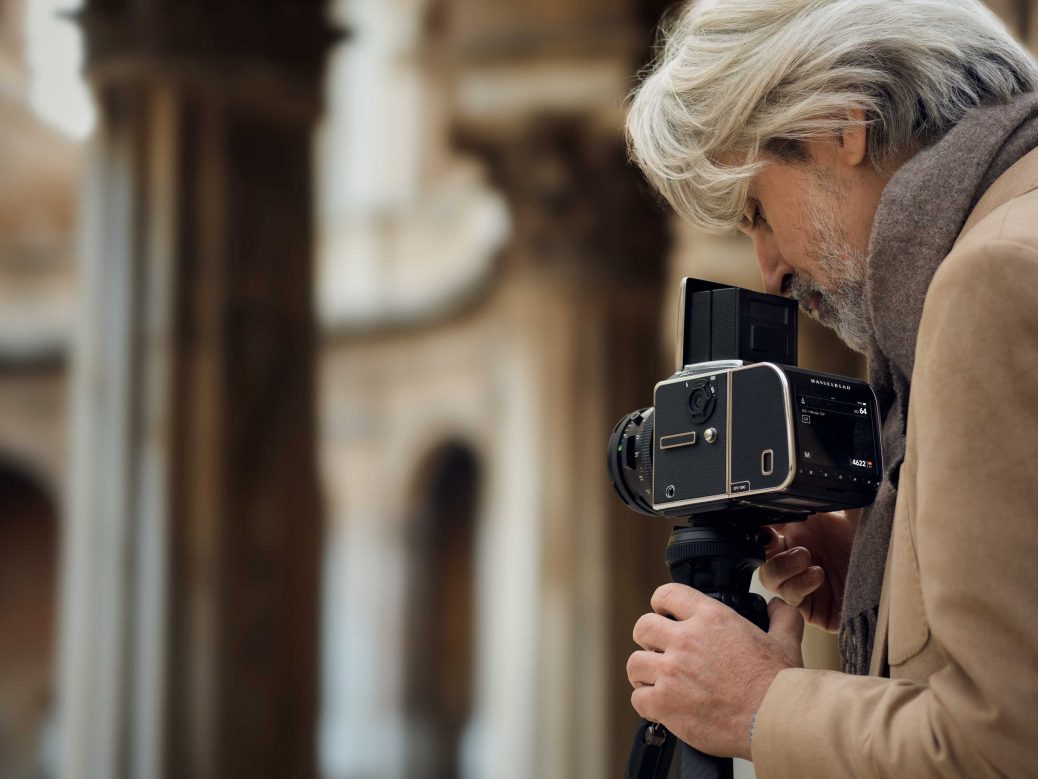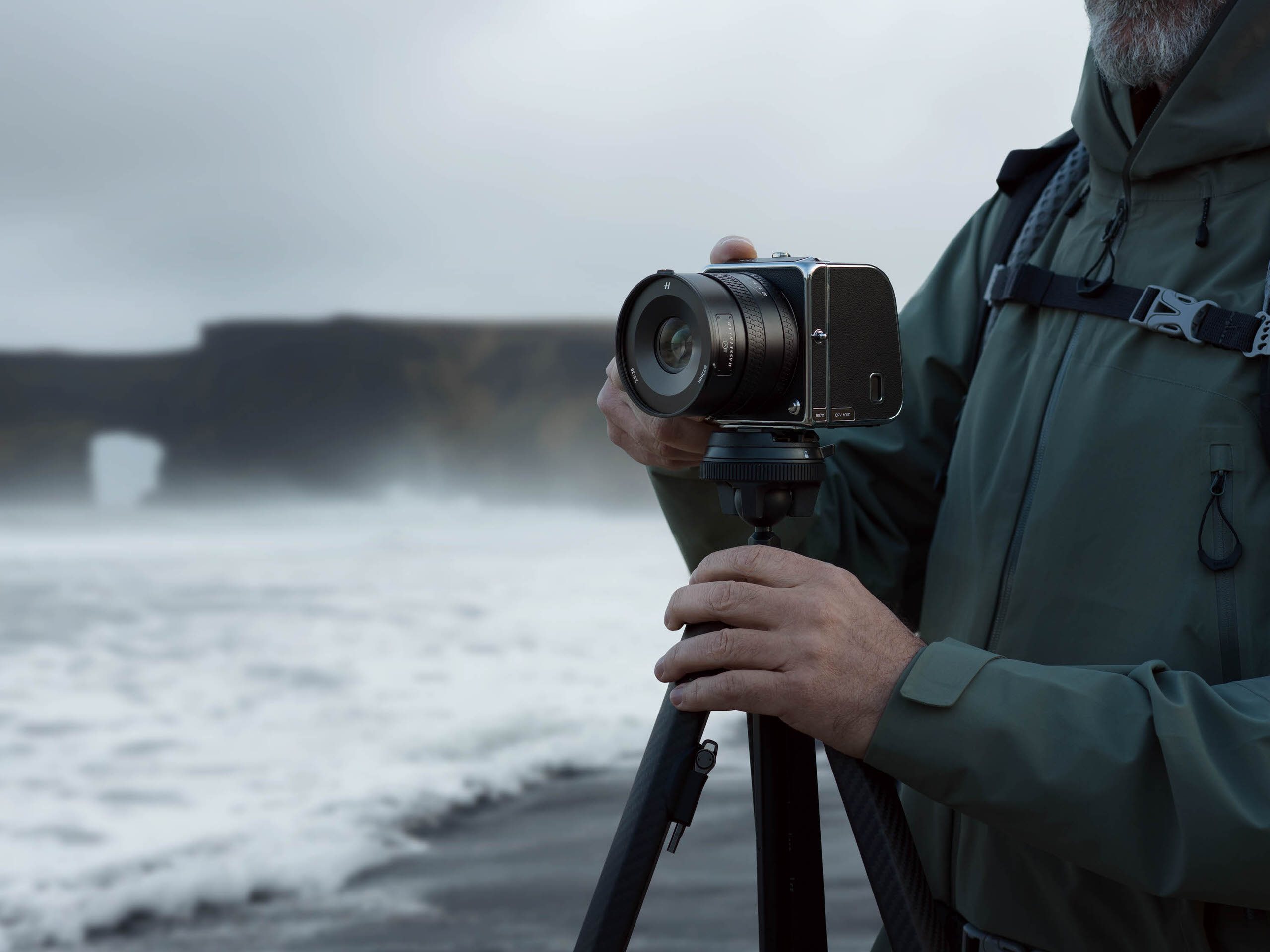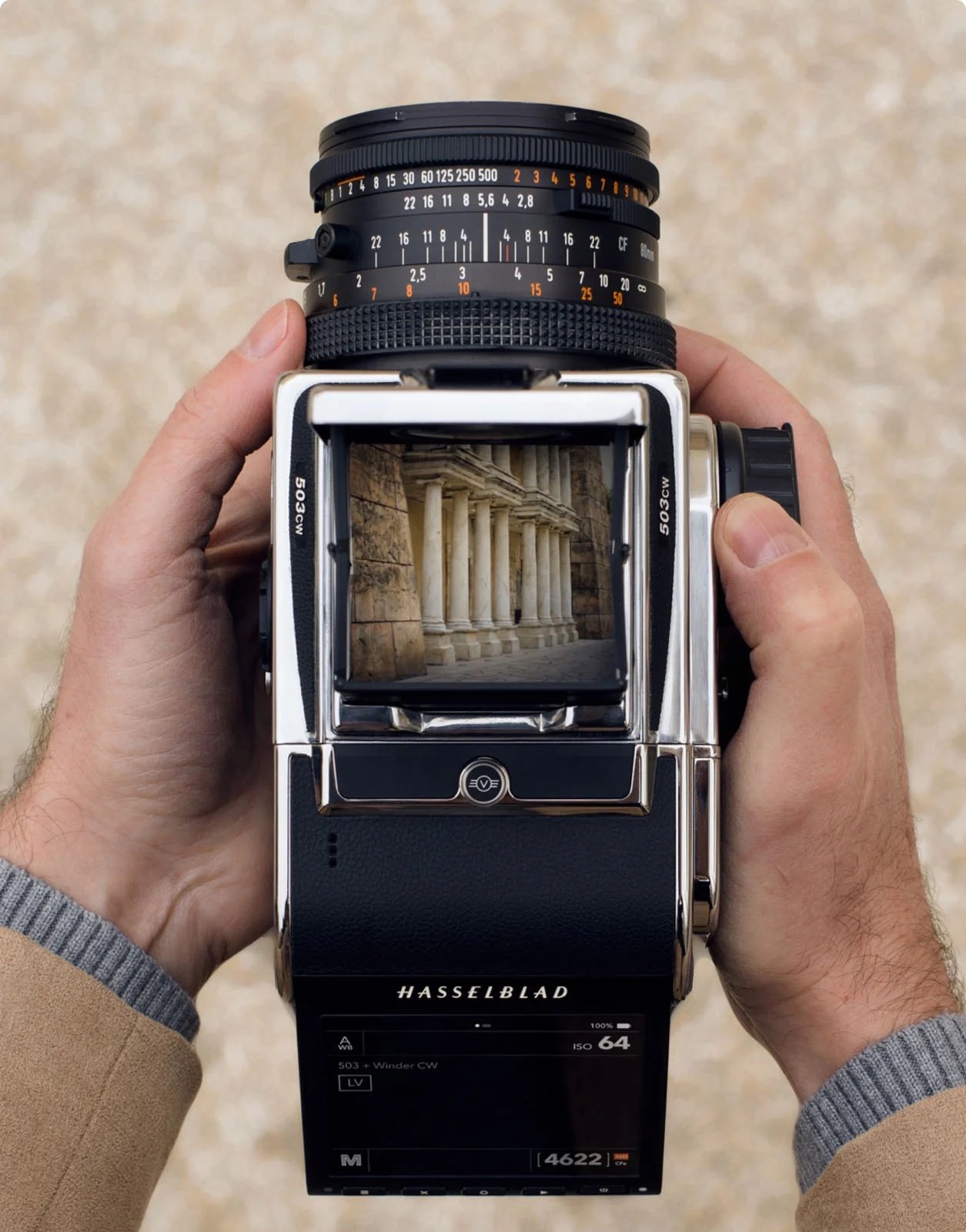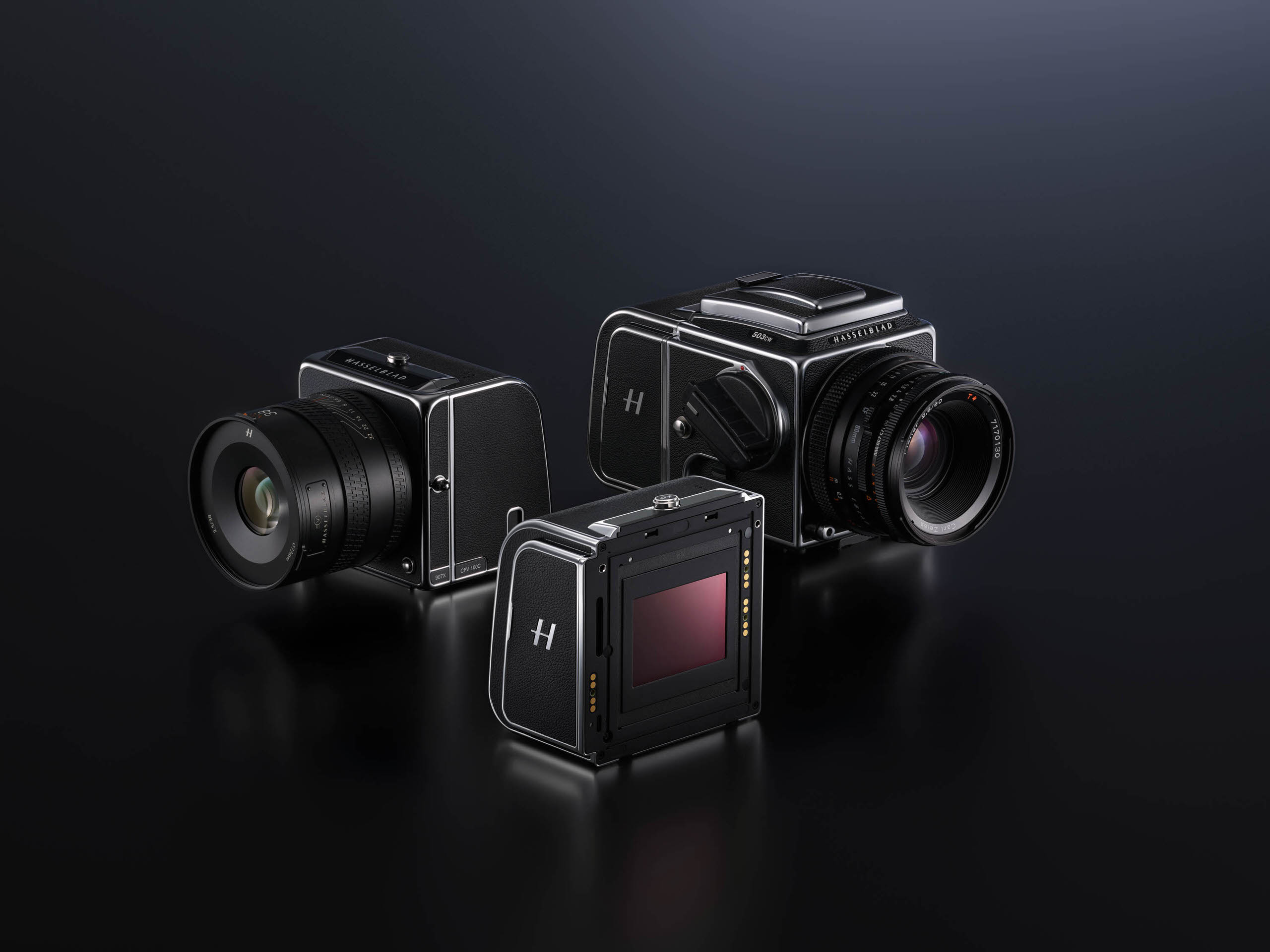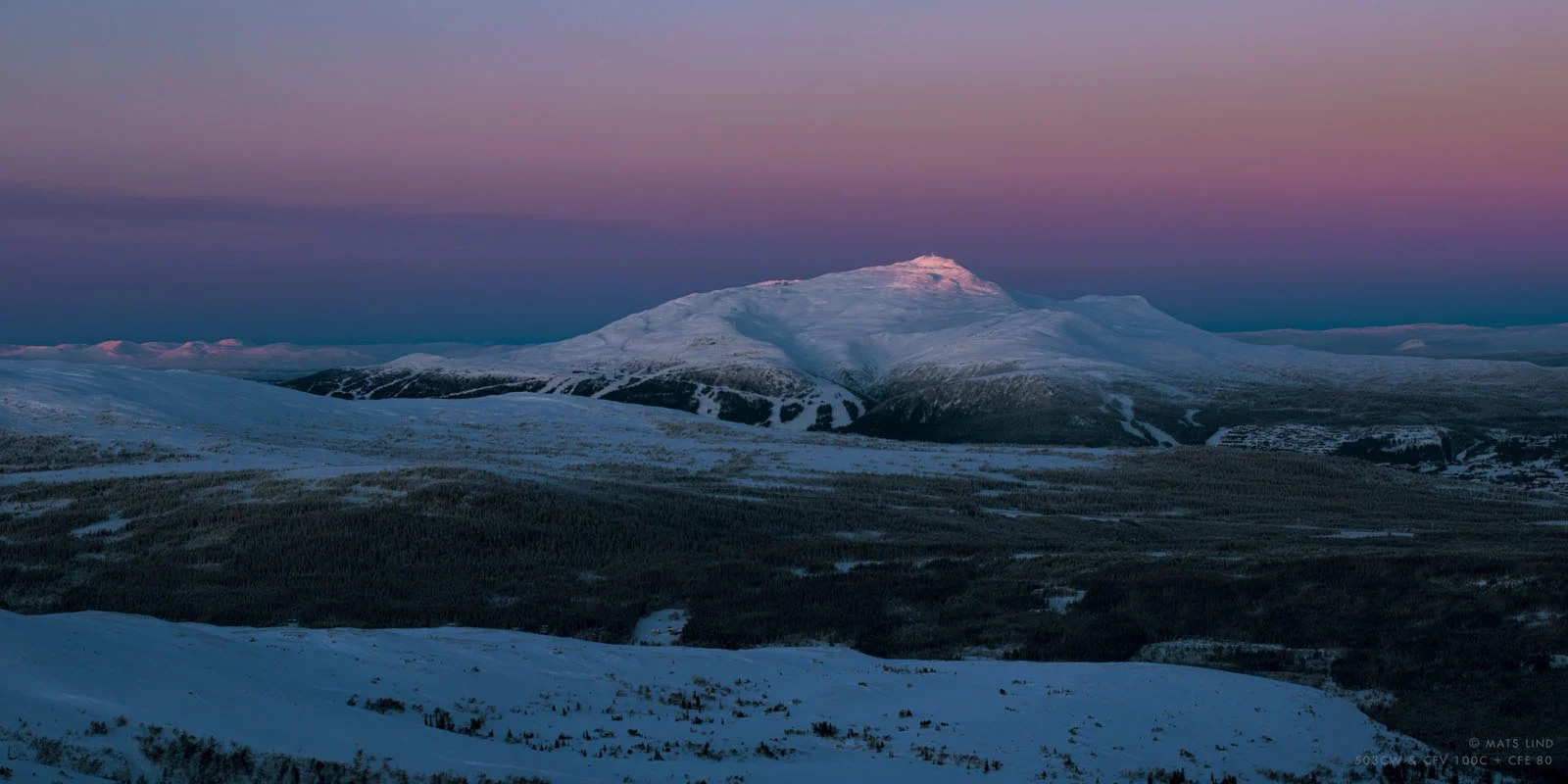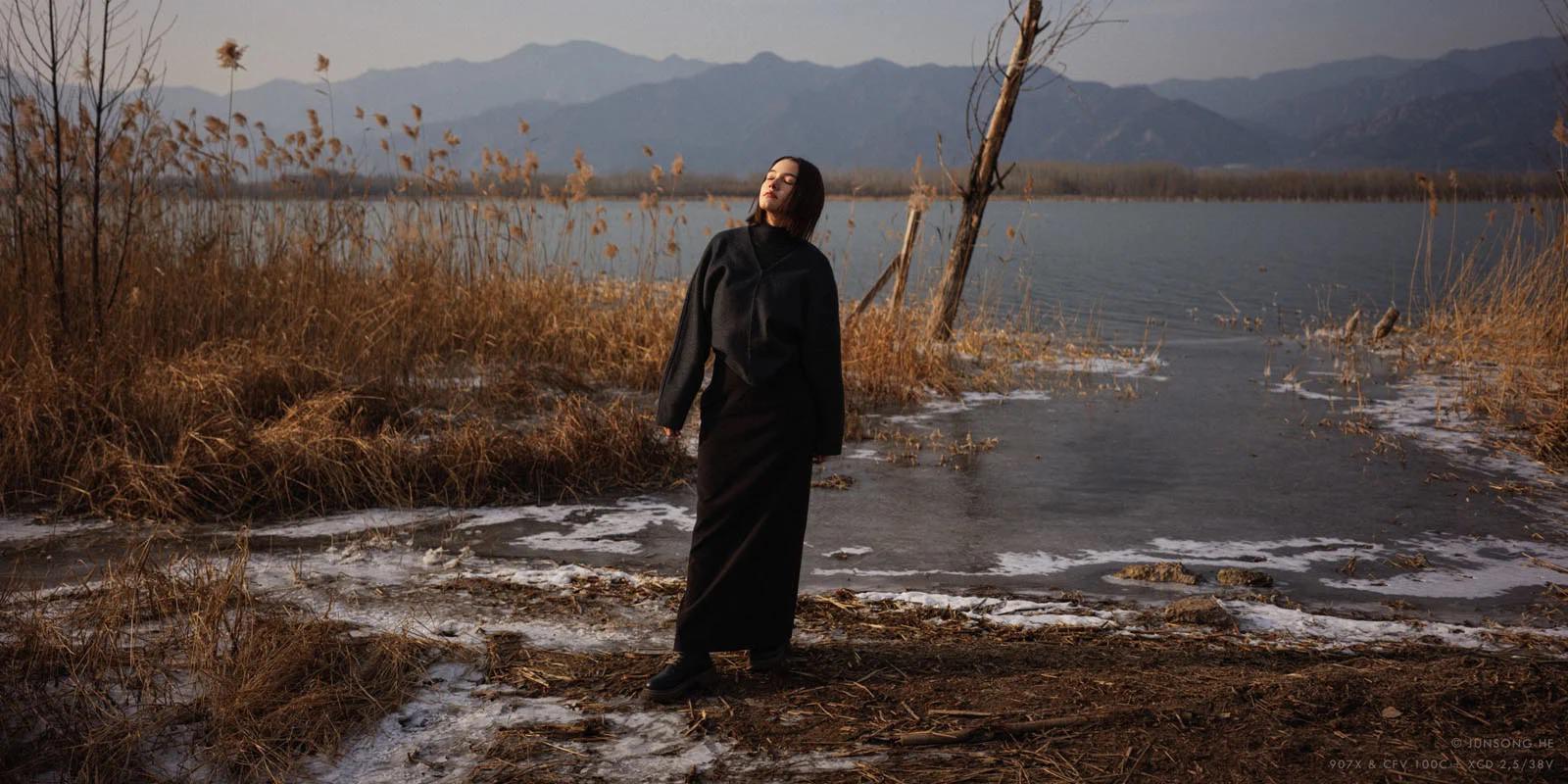Hasselblad Unveils the 907X & CFV 100C
In 2019, Hasselblad launched the 907X camera body and the CFV II 50C digital back. Hasselblad today launched the CFV 100C digital back. The 907X and CFV 100C combine to create what Hasselblad considers “the most versatile medium format camera” in the business. The 907X camera body and CFV 100C digital back work with Hasselblad’s XCD, HC/HCD, V System, and Xpan lenses.
When used with the 907X, the CFV 100C provides phase-detect autofocus (PDAF) and face-detection AF. The rear includes 294 focusing points that span 97% of the image area, providing similar autofocus speed and performance to the Hasselblad X2D 100C.
The back also features 1TB of built-in SSD storage, so photographers don’t need to utilize a memory card. The camera also features a single CFexpress Type B card slot, which can hold cards up to 512GB in capacity.
Aside from the focusing technology and 1TB SSD, the CFV 100C and X2D 100C share other features, such as a maximum shooting speed of 3.3 frames per second at 14-bit and a 100-megapixel image sensor. The backside-illuminated CMOS sensor has a resolution of 11,656 x 8,742 and pixel size of 3.76 microns. In contrast, the 2019 CFV 50C rear, as the name implies, features a 50-megapixel sensor.
The CFV 100C, like the Hasselblad X1D and X2D cameras and the Fujifilm GFX system cameras, has a 43.8 by 32.9 millimeter sensor, resulting in a 0.78x crop factor when compared to a full-frame camera.
Although the CFV 100C must shoot 14-bit RAW to achieve maximum speed, it can also shoot 16-bit RAW files in single-shot drive mode. At its best settings (16-bit RAW and base ISO of 64), the camera claims 15 stops of dynamic range. The maximum ISO setting is 25,600.
The CFV 100C body houses a 3.2-inch TFT, 24-bit full-color tilting display with 2.36 million dots. The display has two tilting angles: 40 and 90 degrees, as opposed to the bigger 3.6-inch display of the X2D 100C, which has 40 and 70 degrees.
The camera’s battery is rechargeable lithium-ion and allows internal charging via USB-C. The CIPA rating is 420 shots, however photographers should expect higher performance in real-world settings.
In terms of dimensions, the situation is exacerbated by the fact that the 907 X camera and CFV 100C digital back can be separated, like with more traditional medium-format cameras, but not with the X1D and X2D cameras. The 907X itself is made of machined aluminum and weighs only 160 grams. It measures 102 by 91 by 28 millimeters.
The CFV 100C weighs 460 grams without a battery or memory card and measures 91 x 92 x 61 millimeters. The body and back weigh 620 kilos and measure 102 x 92 x 84 millimeters. This combo weighs 120 grams less than the 907X and CFV 50C, making it the smallest and lightest high-resolution medium format camera available.
Given that the 907X/CFV 100C is compatible with a variety of Hasselblad lenses with leaf shutters, the shutter speed range varies by lens. XCD lenses have a shutter speed range of 68 minutes to 1/4000s. With HC/HCD lenses, the maximum shutter speed is 1/800s or 1/2000s. The camera also includes an electronic shutter with a maximum speed of 1/6000s, which is faster than any Hasselblad physical shutter.
The camera also works with an optional 907X control handle, which allows for rapid adjustments to aperture, shutter speed, and AF point selection. There are also customizable function buttons. Without this, users will have to work through the digital backlog.
Here are some sample pictures:
The Hasselblad 907X and CFV 100C are currently available for $8,200 and will ship immediately.

